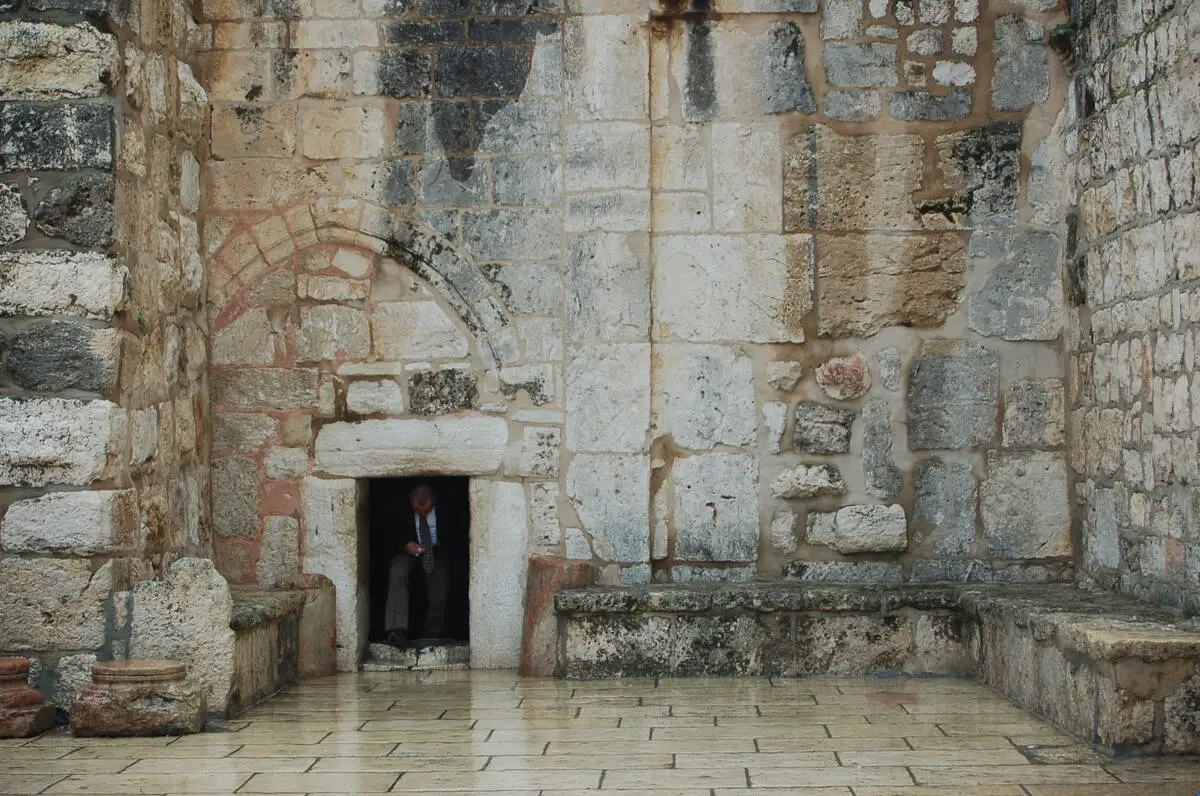Churches 🢔 Religious architecture 🢔 Architectural wonders 🢔 Categories of wonders
Wonder
St. Peter’s Church in Capernaum (“House of Saint Peter”)
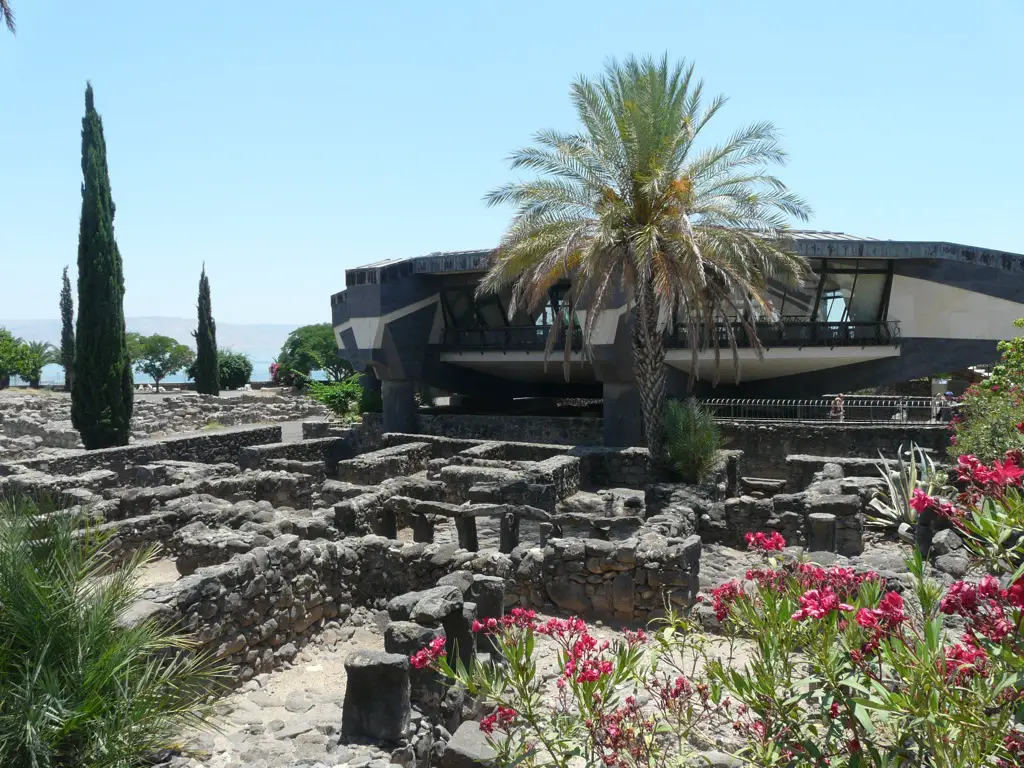
 In short
In short
There are many churches in the world named after St. Peter. But the St. Peter’s Church in Capernaum is linked to St. Peter’s a lot more than most of the others. After all, there was a house of the mother-in-law of St. Peter himself!
Most likely, this is one of the oldest churches in the world.
 43.5%
43.5%
GPS coordinates
Location, address
Name in Hebrew
Year of construction
Late 4th century (Insula Sacra)
5th century AD (Octagonal Church)
1989-1990 (modern church)
Branches of Christianity
Map of the site
If you see this after your page is loaded completely, leafletJS files are missing.
 In detail
In detail
Story of Jesus and Saint Peter
Jesus in Capernaum
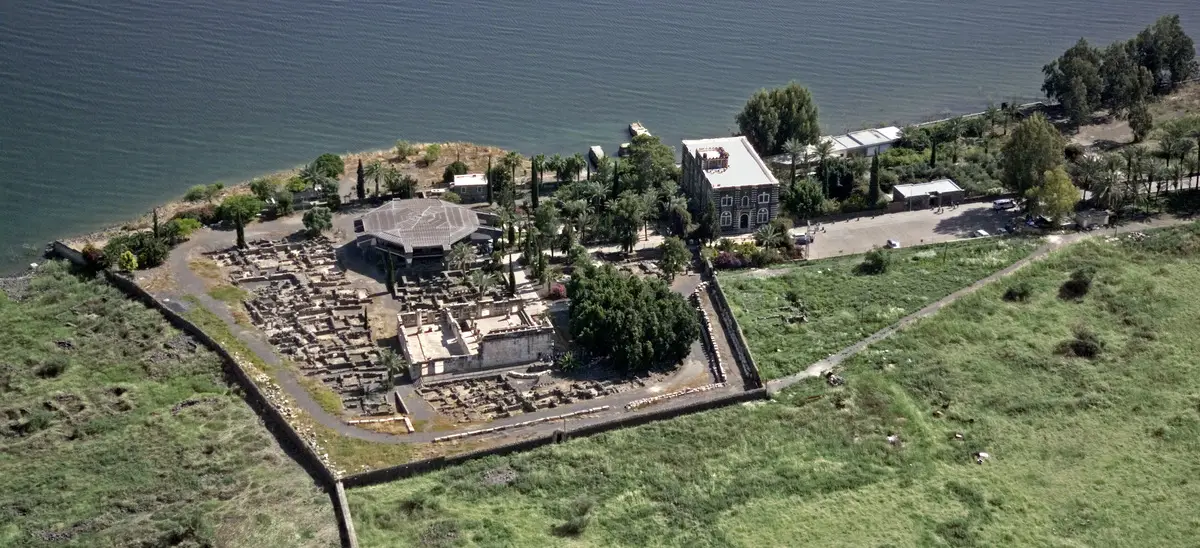
In Jesus’ time Capernaum (Kefar Nahum (כפר נחום) or “the village of Nahum”) was a small fishing and market village at the Sea of Galilee. It was located on an international road between Egypt and Mesopotamia.
As Jesus was not too successful as a preacher in his native Nazareth, he moved to Capernaum, a lively village. He frequently preached in the local synagogue – an almost neighboring structure to the present-day church. Over a few years he befriended several locals who today are well known around the Christian world as apostles: a local tax-collector Matthew (Levi) and also fishermen brothers James and John, as well as two more now-famous brothers Peter and Andrew. Jesus healed mother-in-law of Peter and, of course, was an honored guest in his family. In Capernaum Jesus was a lot more successful, attracting many (but by far not all) people with his charisma and devotion.
Saint Peter
Simeon (later renamed by Jesus into Cephas – Aramaic ‘stone’ and then transformed into Latin ‘Petros’ – also ‘stone’) lived in the nearby Bethsaida village, while his wife came from Capernaum.
The meeting with Jesus transformed the life of this sturdy, stubborn and strong man. From a simple fisherman he turned into the most significant messenger of Christianity after Jesus, the first leader of the Christian church. During his later activities Saint Peter showed good diplomatic skills and relentlessly served to the newly established religion.
Saint Peter is considered to be the first bishop of Rome, the first pope. Surprisingly, there is no testimony that Saint Peter has ever visited Rome. By tradition, Christians believe that he was crucified in Rome at Vatican Hill where St Peter’s Basilica, the main Christian church, stands today.
The history of the “St. Peter’s House” in Capernaum
The ancient house
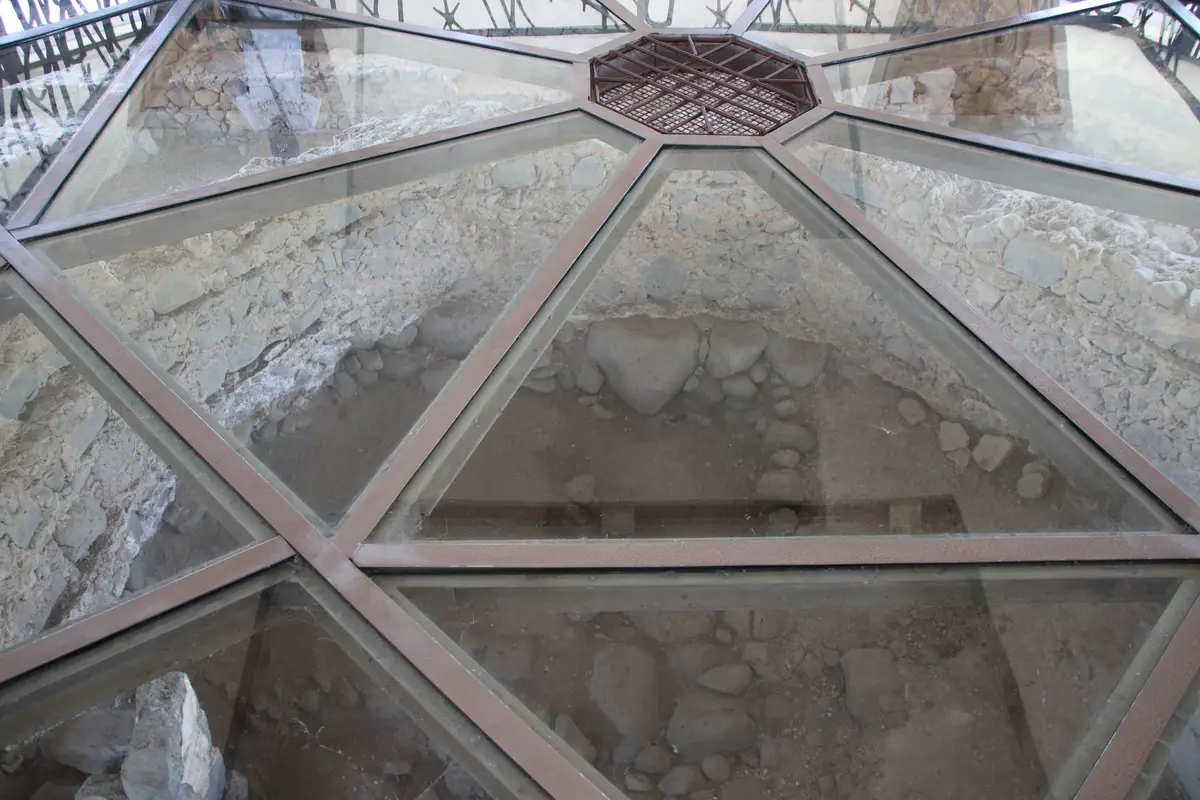
Thus, the house in Capernaum was not really Saint Peter’s house but a house of his relatives – mother-in-law. There are discussions whether Saint Peter lived in this house himself (Mark 1:29), but he certainly was frequently there. There are also accounts that Jesus lived there for some years as well.
This was a simple house that was built at the main street of the village in (most likely) the early 1st century AD. Remnants of the house were rediscovered in 1968.
The house was a simple structure with drywalls of locally available basalt stone. Roof was made from tree branches that were covered with straw and then with soil.
In the first half of the 1st century AD (conservatively assumed 50 AD) the eastern courtyard in this complex of structures was transformed into a large, roofed room. The room seems to be the only one in Capernaum which was covered with a plaster and this plaster was ornamented with paintings. This room and the whole complex of buildings around it is called now: Insula Sacra. The room faced the inner courtyard of St. Peter’s house and was surrounded by other structures, mainly living houses.
Some original parts of the foundation of the house can be seen up to this day.
The ancient churches
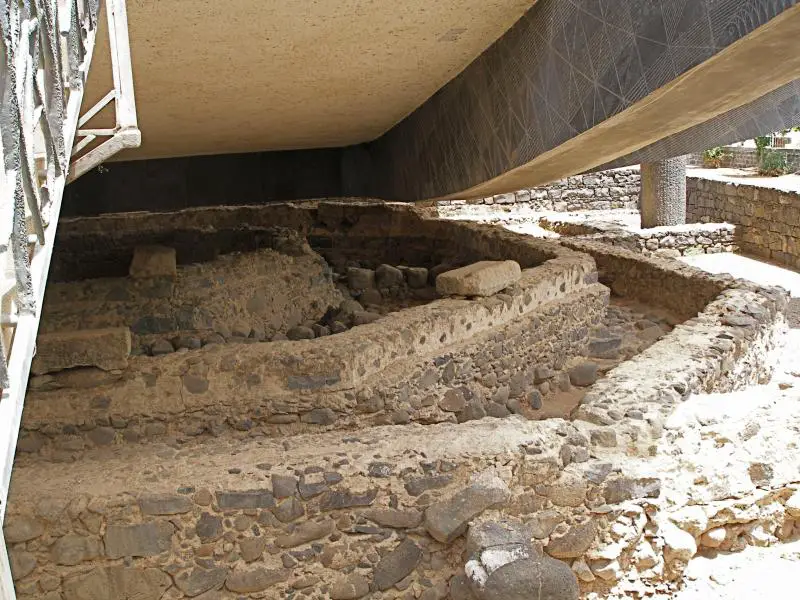
By the 3rd century Capernaum was almost abandoned – just a few poor fishermen lived there. The village from time to time was resettled and then abandoned again.
In the late 4th century the complex of the buildings was turned into a more distinct shrine.
The 6.45 by 5.8 m large room still was the main shrine and the complex was enclosed with a wall whose perimeter was 112.55 m. The shrine got a polychrome floor and plaster walls with paintings. By this time numerous inscriptions were left by pilgrims as well. According to a written report by a visitor at the end of the 4th century, the outer walls of the original St. Peter’s mother-in-law house still were preserved.
A larger church – The Octagonal Church was built in the second half of the 5th century. It was an interesting octagonal structure inside the walls of the former structure. In its center was a smaller octagon preserving the sacred room of the first church.
It is possible that the Octagonal Church was demolished during the invasion of Persians in the early 7th century.
Contemporary church
In 1838 the site and ruins if the church were rediscovered.
Today the church is a part of a Franciscan monastery. It is housed in a modern structure that was built in 1989-1990, standing on eight pillars to preserve the valuable ancient remnants under it. Through a glass floor can be seen remnants of all three ancient structures.
References
- Church of the Holy Sepulchre, Madain Project. Accessed on June 20, 2023.
- Jonathan Lipnick, Capernaum By The Sea, Israel Institute of Biblical Studies. Accessed on August 2, 2023.
- Leen Ritmeyer, Capernaum’s House Church, Ritmeyer Archaeological Design. Accessed on August 5, 2023.
St. Peter’s Church in Capernaum is included in the following article:
 Linked articles
Linked articles

Wonders of Israel
If there is a land at the crossroads of civilizations, then Israel is one. Here from Africa to the remaining world entered different species of humans, including us. The area of Israel was located between the first civilizations in Egypt, Mesopotamia, and Anatolia. The whole country is dotted with monuments of archaeology and history.
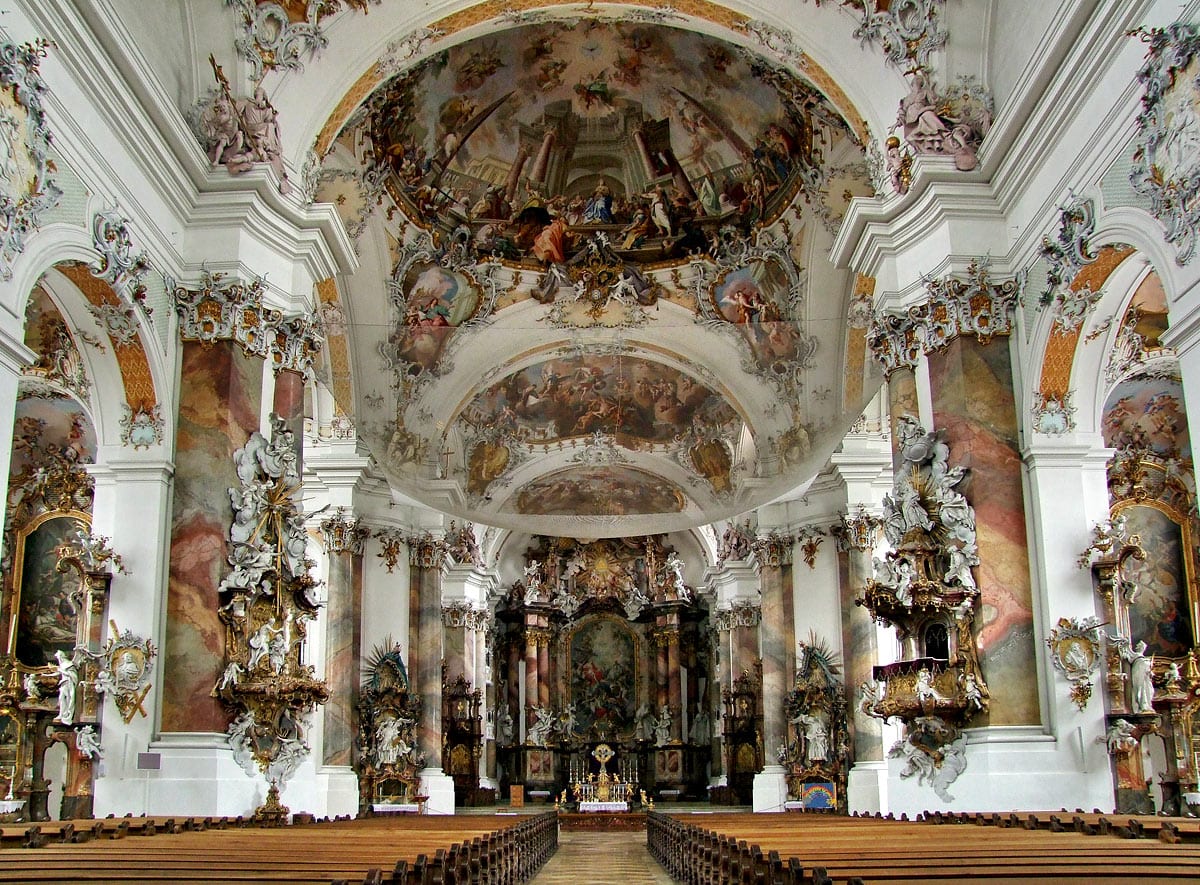
Churches
Throughout the millennia Christian churches have been the epitome of architecture and arts achievements in Western culture.
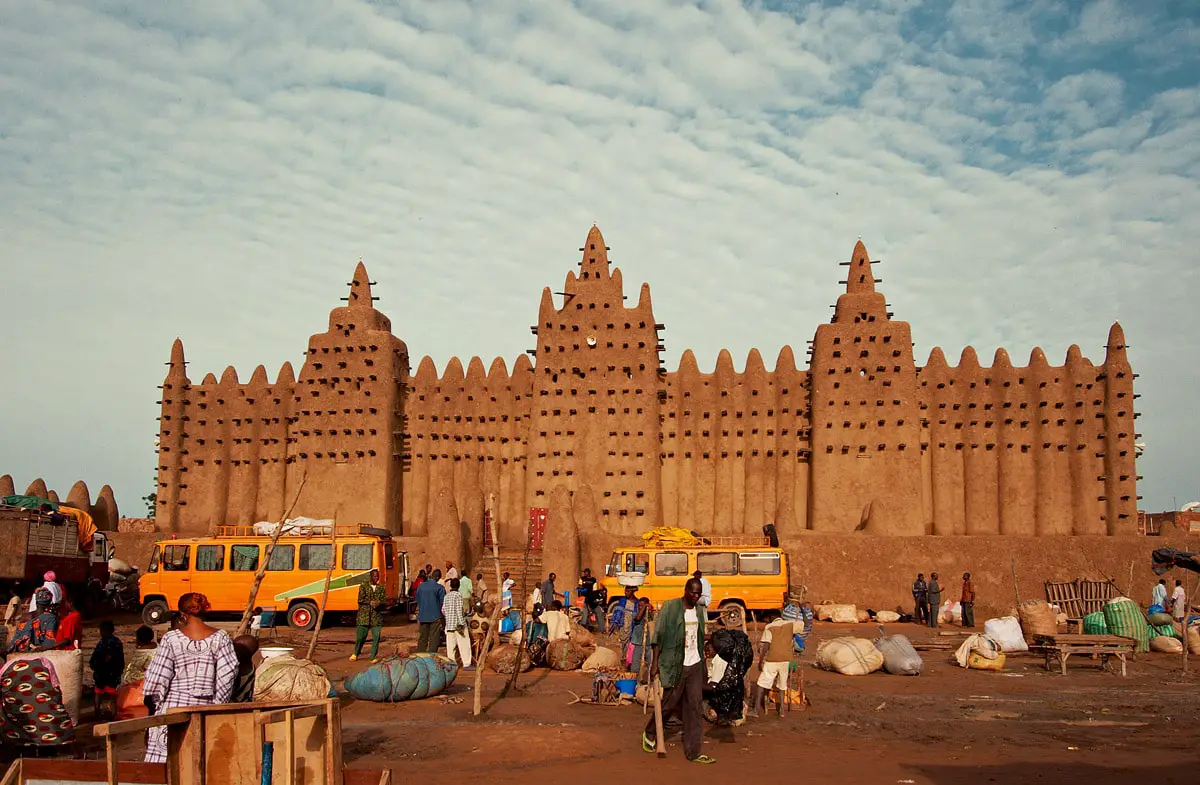
Religious architecture
Since ancient times human talents and skills have been expressed in religious architecture and arts, and traditions and rituals have evolved around pilgrimage sites. Religious buildings represent a major part of the highest achievements in architecture and crafts.
 Recommended books
Recommended books
Peter: Fisherman, Disciple, Apostle; A Biblical Biography
Saint Peter was a crucial figure in early Christianity; as one of the Twelve Apostles of Jesus Christ, he oversaw the formal establishment of the early church and became the first Bishop of Rome. Peter’s formative years were spent as a fisherman…
Paul’s Idea of Community: Spirit and Culture in Early House Churches
This highly readable investigation of the early church explores the revolutionary nature, dynamics, and effects of the earliest Christian communities. It introduces readers to the cultural setting of the house churches of biblical times, examines the apostle Paul’s vision of life in the Christian church, and explores how the New Testament model of community applies to Christian practice today.

